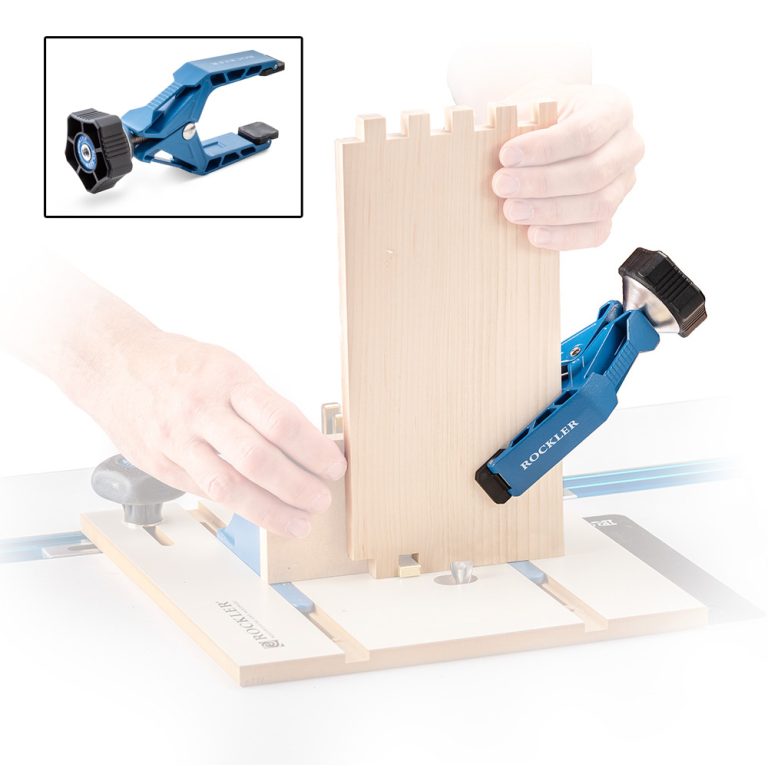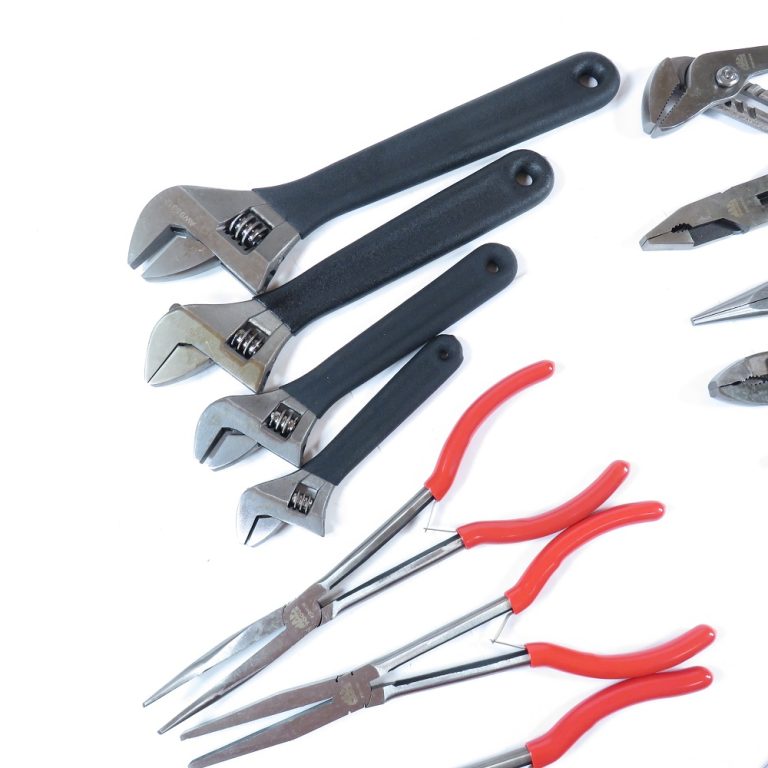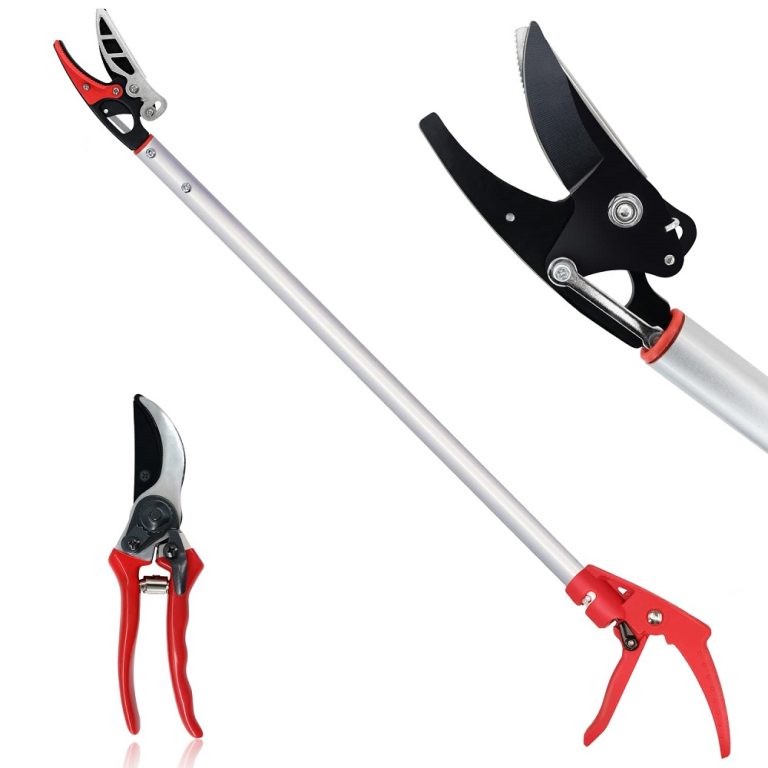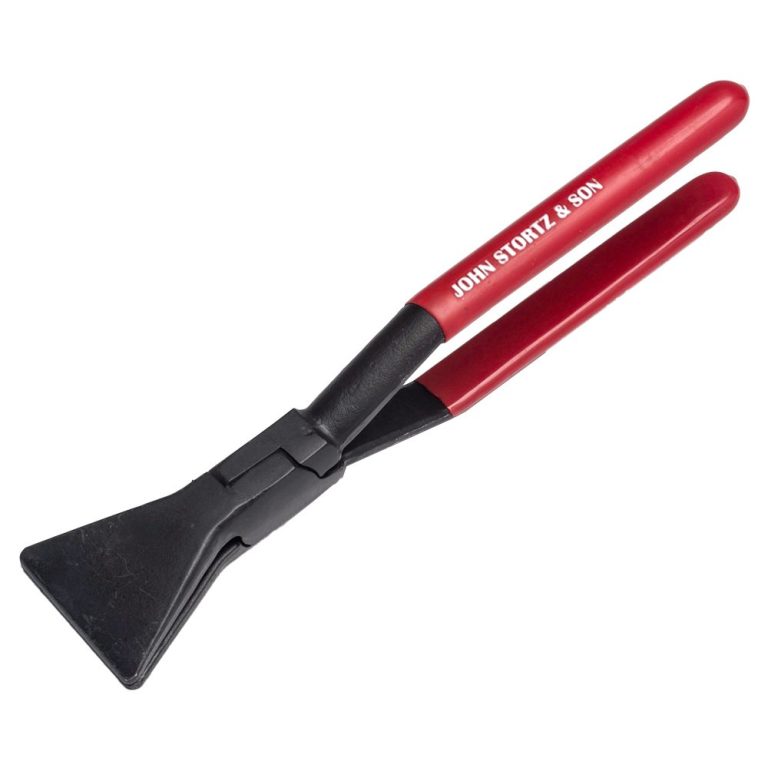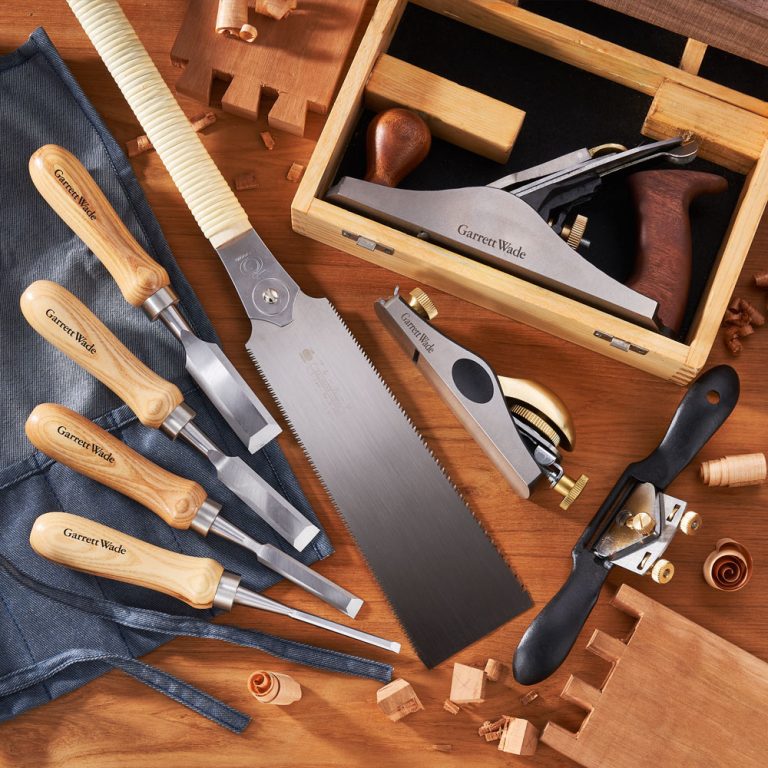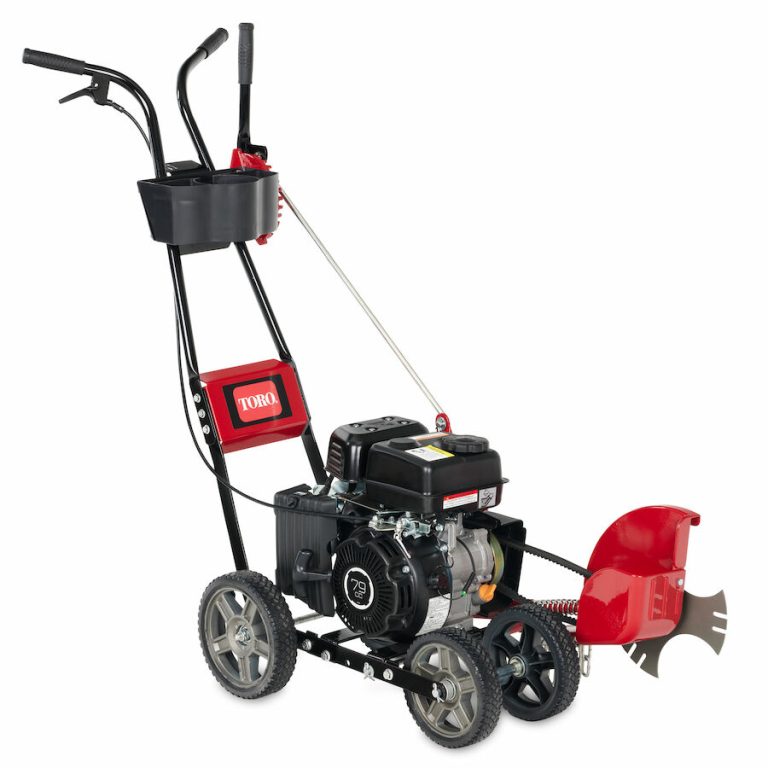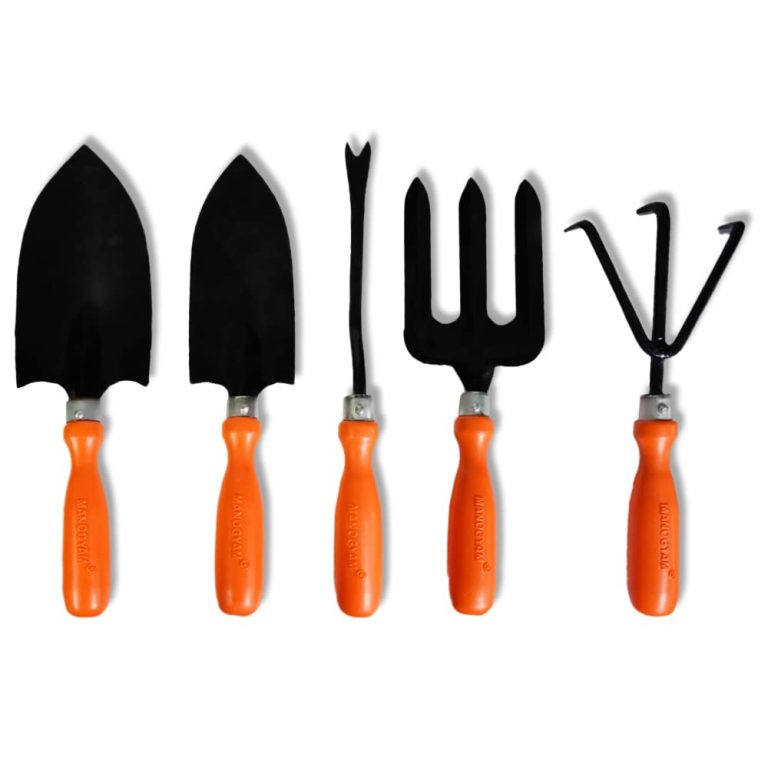Understanding the Importance of Wire Strippers in Electrical Tasks
Wire strippers play a crucial role in the world of electrical work, serving as indispensable tools for professionals and DIY enthusiasts alike. These specialized instruments efficiently remove insulation from electrical wires, preparing them for connections or splices. Without wire strippers, the task of exposing wire cores would be time-consuming, potentially dangerous, and could result in damaged conductors. By using the right wire stripper, electricians and hobbyists can ensure clean, precise cuts that maintain the integrity of the wire while saving time and effort. The importance of wire strippers extends beyond mere convenience; they contribute significantly to the safety and reliability of electrical installations by enabling proper wire preparation.
Types of Wire Strippers: Choosing the Right Tool for the Job
The market offers a variety of wire strippers, each designed for specific applications and wire gauges. Manual wire strippers, the most common type, feature multiple cutting notches for different wire sizes. These versatile tools allow users to strip wires of various thicknesses with a single instrument. Automatic or self-adjusting wire strippers adapt to various wire gauges without manual adjustment, increasing efficiency for those working with multiple wire sizes. For more specialized needs, thermal wire strippers use heat to melt through insulation, ideal for delicate or heat-sensitive wires. Hydraulic wire strippers cater to heavy-duty industrial applications, handling large gauge wires with ease. Choosing the right type depends on the frequency of use, the range of wire sizes typically encountered, and the specific requirements of the job at hand.
Key Features to Consider When Selecting a Wire Stripper
When selecting a wire stripper, several key features merit consideration to ensure optimal performance and user satisfaction. The range of wire gauges the tool can handle is paramount, ensuring it meets the needs of the intended applications. Comfort and ergonomics play a significant role, especially for frequent use, with features like cushioned grips reducing hand fatigue during extended periods of work.
Durability stands out as another crucial factor, with high-quality materials like hardened steel blades offering longer tool life and consistent performance. Some wire strippers come with additional functions such as wire cutting, crimping, or bolt cutting capabilities, which can increase versatility and reduce the need for multiple tools on a job site. For professionals, precision and consistency in stripping length can be essential, making tools with adjustable stop guides particularly valuable. The inclusion of a wire gauge guide on the tool itself can also prove helpful for quick reference and accurate wire selection.
Proper Technique for Using Wire Strippers
Mastering the proper technique for using wire strippers ensures clean, safe, and efficient wire preparation. The process begins with selecting the appropriate notch on the stripper that corresponds to the wire gauge. This selection is critical to avoid damaging the wire or leaving insulation behind. Positioning the wire in the chosen notch, apply firm but gentle pressure to close the stripper around the insulation.
A slight twist while pulling the stripper away from the wire end will cleanly remove the insulation without damaging the underlying conductor. For stranded wires, extra care must be taken to avoid nicking or cutting individual strands, which could weaken the wire and create potential failure points. When working with coaxial or multi-layered cables, a step-by-step approach may be necessary to remove each layer of insulation separately. Practice and patience lead to perfection, resulting in consistently well-prepared wires ready for termination or splicing.

Maintenance and Care of Wire Strippers
Proper maintenance of wire strippers extends their lifespan and ensures consistent performance over time. Regular cleaning removes debris and insulation residue that can accumulate in the cutting notches, potentially affecting the tool’s precision. A light application of lubricating oil on the pivot point and moving parts keeps the tool operating smoothly, reducing wear and tear. Storing wire strippers in a dry environment prevents rust and corrosion, especially for tools with metal components.
Periodic inspection of the cutting edges for wear or damage allows for timely replacement or sharpening, maintaining the tool’s effectiveness. For automatic wire strippers, checking and adjusting the tension settings periodically ensures optimal performance across different wire gauges. By following these simple maintenance steps, users can rely on their wire strippers for years of reliable service, saving money on replacements and ensuring consistent quality in their electrical work.
Advanced Wire Stripping Techniques for Professionals
Professional electricians often employ advanced techniques to maximize efficiency and tackle complex stripping tasks. For large-scale projects, using a drill-powered wire stripper can significantly speed up the process, allowing for rapid stripping of multiple wires. When working with delicate or specialized wires. Such as those found in automotive or aerospace applications, professionals may use precision stripping tools that offer micrometer-level accuracy.
These tools allow for precise control over the depth of cut, crucial for maintaining the integrity of thin or sensitive wires. Coaxial cable strippers, designed for multi-layer insulation removal. Require a specific technique to expose different layers without damaging the inner conductor. Some professionals utilize thermal wire strippers for working with Teflon-coated wires or in situations where mechanical stripping might damage the conductor. Mastering these advanced methods and tools allows professionals to handle a wide range of wire stripping challenges with confidence and precision. Adapting to the diverse requirements of modern electrical and electronics work.
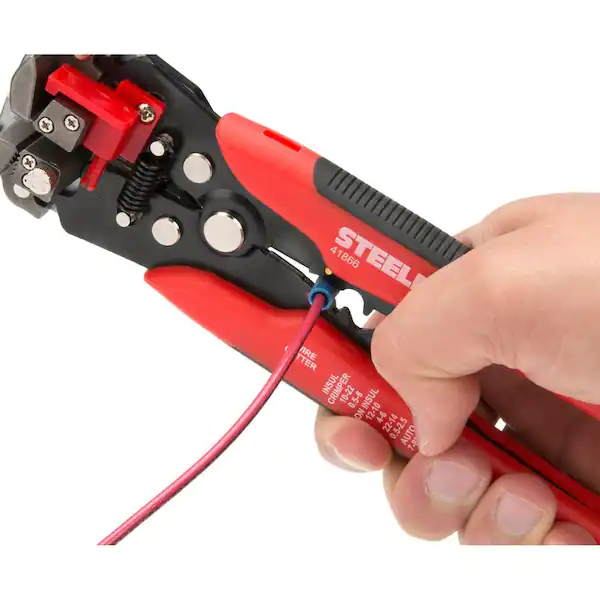
Safety Considerations When Using Wire Strippers
Safety should always be the top priority when using wire strippers to prevent injuries and ensure a secure working environment. Wearing safety glasses protects the eyes from potential flying debris or wire insulation that may be ejected during the stripping process. When working with live wires, insulated wire strippers and proper lockout/tagout procedures are essential to prevent electrical shock. Users should always verify that power is disconnected before beginning any wire stripping task on existing installations.
Sharp cutting edges on wire strippers can cause cuts if mishandled. So proper hand positioning and focus during use are crucial. For thermal wire strippers, caution must be exercised to avoid burns from heated components, and adequate ventilation should be ensured to prevent inhalation of fumes from melted insulation. When working at heights or in confined spaces, securing tools properly prevents accidental drops that could injure others. By adhering to these safety practices and always being mindful of potential hazards. Users can ensure a safe working environment while efficiently preparing wires for various electrical tasks.
Innovations in Wire Stripping Technology
The field of wire stripping continues to evolve with technological advancements, introducing new tools and methods that enhance efficiency and precision. Laser wire strippers, though primarily used in industrial settings, offer unparalleled precision and can handle extremely fine wires without any mechanical contact. This technology is particularly valuable in industries requiring high-precision work, such as aerospace or medical device manufacturing. Smart wire strippers equipped with sensors can automatically detect wire gauge and adjust stripping length, reducing human error and increasing consistency in wire preparation.
Some modern wire strippers incorporate LED lights to illuminate the work area, enhancing visibility in low-light conditions and improving accuracy. As automation increases in manufacturing, robotic wire stripping systems are becoming more prevalent. Capable of processing large volumes of wires with consistent accuracy. These systems can be programmed for complex stripping sequences, handling various wire types and sizes with minimal human intervention. Portable battery-powered wire strippers bring the convenience of cordless operation to job sites. Increasing mobility and flexibility for electricians working in diverse environments.

Environmental Considerations and Recycling in Wire Stripping
As awareness of environmental issues grows, the proper disposal and recycling of stripped wire insulation and old wire strippers become increasingly important. Many types of wire insulation can be recycled, contributing to the reduction of plastic waste in landfills. Copper and other metals from stripped wires are valuable recyclable materials, and proper separation of insulation from conductors facilitates this recycling process. Some manufacturers now produce wire strippers with recyclable or biodegradable components. Minimizing their environmental impact when the tools reach the end of their useful life.
When wire strippers become obsolete or damaged beyond repair. Recycling them as electronic waste ensures proper handling of metal components and reduces the environmental footprint of electrical work. The development of eco-friendly insulation materials has also impacted wire stripping practices. With some new materials designed for easier separation and recycling. By considering the environmental aspects of wire stripping. Both professionals and hobbyists can contribute to more sustainable electrical work practices. Aligning their trade with global efforts to reduce waste and conserve resources.
The Future of Wire Stripping: Trends and Predictions
The future of wire stripping looks promising, with several trends shaping the industry and pointing towards exciting developments. Increased integration of artificial intelligence and machine learning in wire stripping tools may lead to even more precise and adaptive stripping capabilities. These smart tools could potentially learn from user behavior and adjust their settings for optimal performance across different wire types and working conditions. The growing focus on renewable energy and electric vehicles is likely to drive demand for specialized wire strippers capable of handling high-voltage and high-amperage cables safely and efficiently.
As the Internet of Things expands, wire strippers may evolve to include connectivity features. Allowing for data logging and quality control in professional settings. This could enable real-time tracking of wire stripping operations. Integration with project management systems, and even predictive maintenance alerts for the tools themselves. Miniaturization in electronics may spur the development of micro wire strippers for working with extremely fine wires in compact devices. Catering to the ever-shrinking world of electronic components.
Additionally, advancements in materials science could lead to the creation of new types of insulation that require innovative stripping methods, potentially revolutionizing the design of wire strippers. As sustainability becomes increasingly important. Future wire strippers may incorporate features that facilitate easier recycling of stripped insulation or utilize eco-friendly materials in their construction. These advancements promise to make wire stripping more efficient, accurate, and versatile, meeting the evolving needs of the electrical and electronics industries while addressing environmental concerns.


